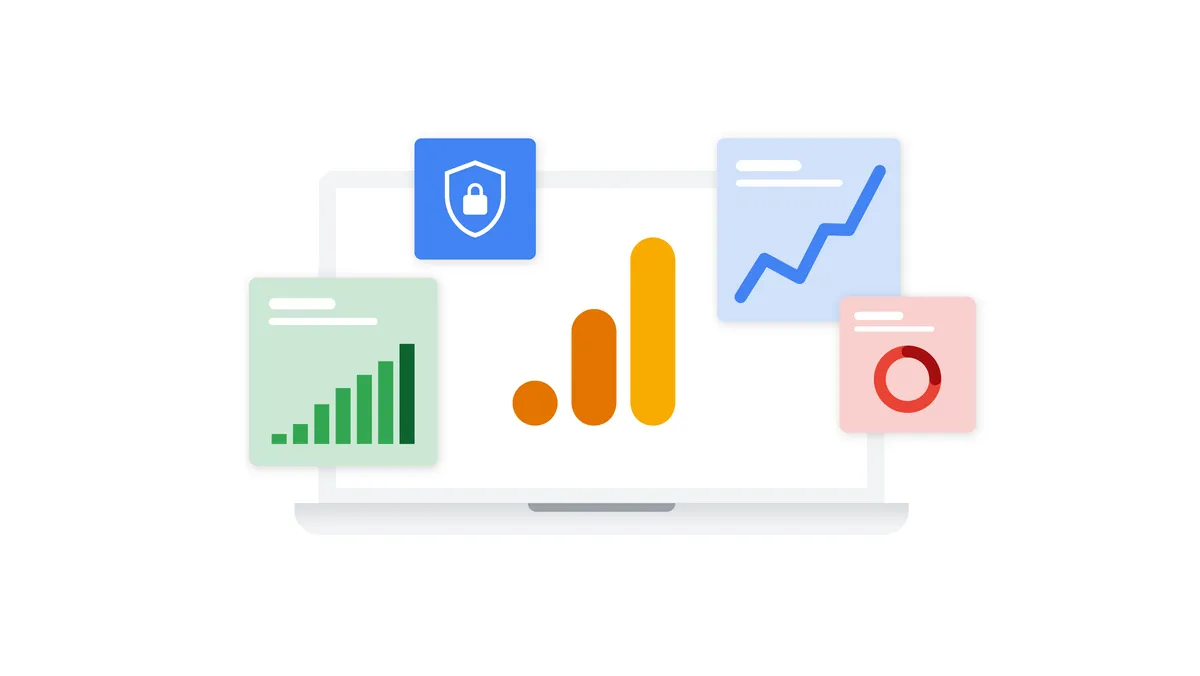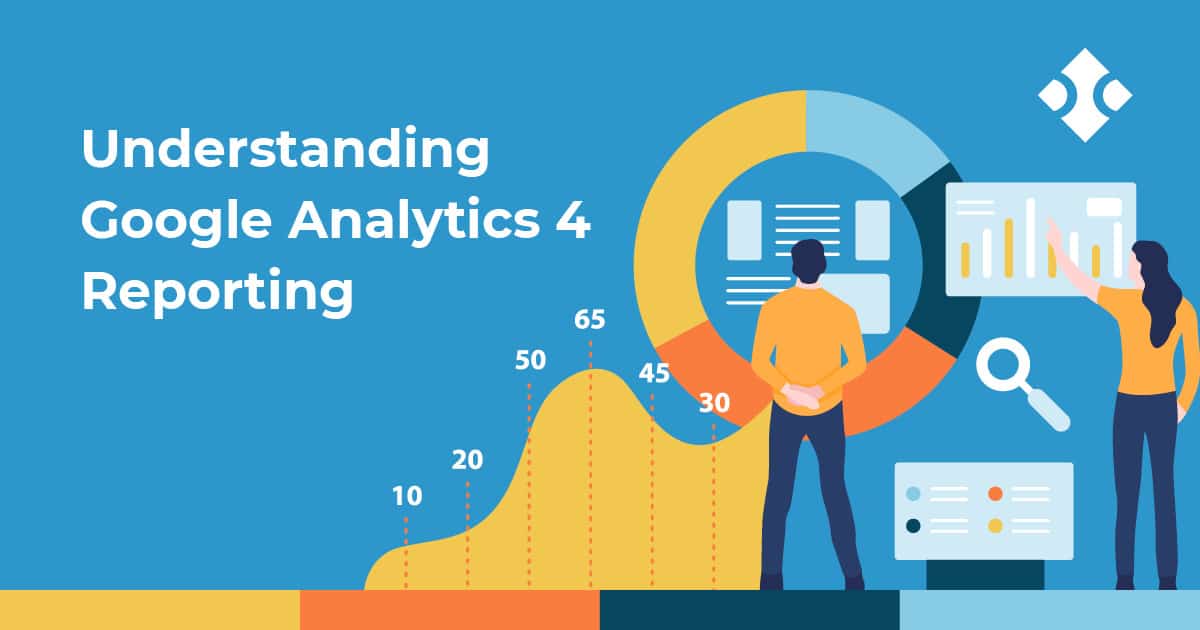A Newbie's Overview to What is a "Dimension" in Google Analytics
A Newbie's Overview to What is a "Dimension" in Google Analytics
Blog Article
Transform Your Information Evaluation With Specialist Tips on Google Analytics Dimensions
Enhancing your data analysis capacities with Google Analytics measurements can be a game-changer in understanding the details of user communications and on-line website traffic. With expert tips and techniques in utilizing Google Analytics measurements, a globe of untapped prospective beckons, promising a deeper understanding of your online ecosystem.
Understanding Google Analytics Capacities
Google Analytics Dimensions play an essential role in providing useful insights into the performance of an internet site or online system. Measurements are attributes of data that allow you to segment and arrange your analytics information. They offer context to the metrics being evaluated, providing a much deeper understanding of user behavior, traffic sources, and other crucial efficiency indicators. By using dimensions efficiently, companies can tailor their methods to fulfill the requirements and expectations of their target audience.
Dimensions categorize data right into different groups, such as web traffic resources, user demographics, behavior, and innovation made use of. This segmentation allows companies to recognize patterns, patterns, and opportunities for optimization. Understanding the various dimensions available in Google Analytics is crucial for interpreting data properly and making educated choices to boost web site performance and user experience.
Picking the Right Capacities
Selecting the appropriate measurements in your Google Analytics configuration is an important element in effectively assessing and analyzing data. Measurements in Google Analytics describe the characteristics of your information, such as source, medium, tool type, or geographical place. When choosing measurements, consider what particular insights you intend to gain from your information analysis.

It is vital to pick dimensions that line up with your service objectives and the concerns you look for to address. By choosing the best measurements, you can boost the depth and accuracy of your information analysis, bring about even more informed decision-making and workable insights.
Using Personalized Capacities Effectively
When aiming to dig much deeper right into details data points beyond the conventional measurements given by default in Google Analytics, making use of custom dimensions can provide a tailored technique to monitoring and assessing one-of-a-kind metrics. Custom dimensions allow you to define and collect data that matters most to your business, offering a more extensive view of user interactions and habits on your web site. By producing custom-made measurements, you can section and examine information based upon specifications certain to your organization objectives, such as consumer demographics, material communications, or advertising and marketing project efficiency. This degree of personalization enables you to acquire insights that conventional dimensions may not record, bring about even more educated decision-making processes and targeted optimization strategies. To effectively make use of custom-made dimensions, it is vital to strategy and apply them attentively, guaranteeing they line up with your objectives and data analysis requires. Consistently examining and fine-tuning your custom measurements based upon changing organization demands is essential to taking full advantage of the value they offer your Google Analytics information analysis initiatives.

Advanced Techniques for Dimension Evaluation
For thorough information evaluation and obtaining valuable insights from your Google Analytics reports, grasping sophisticated methods for dimension analysis is necessary. Advanced strategies for measurement evaluation include diving deeper right into the information to uncover more comprehensive understandings.
One more sophisticated strategy is using custom-made reports to examine dimensions across different metrics. This enables you to compare and contrast how specific dimensions effect different facets of your internet site efficiency. Additionally, leveraging the power of secondary dimensions can offer extra context to key dimensions, offering a more extensive view of your data.

Improving Information Visualization With Dimensions
To enhance the understanding and analysis of data collected with Google Analytics, improving data visualization with dimensions is a critical approach. what is a “dimension” in google analytics?. Measurements in Google Analytics provide descriptive attributes of data, allowing customers to sector and arrange information for clearer insights. By using measurements efficiently, organizations can create graphes such as graphes, graphs, and tables that help in presenting intricate information in a much more absorbable format. Dimensions like geographical location, device type, or website traffic resource can be visualized to recognize patterns, trends, and relationships within the data.
Improving data visualization with measurements not just streamlines the look what i found discussion of information but additionally help in making educated decisions based upon the evaluation. Visual representations supply a fast and user-friendly method to comprehend crucial metrics and performance signs, helping with communication and cooperation within an organization. By including measurements right into data visualization methods, companies can unlock the full possibility of their Google Analytics information and drive data-informed methods for growth and optimization.
Final Thought
In conclusion, understanding Google Analytics measurements is vital for unlocking beneficial insights and enhancing decision-making. By carefully picking dimensions straightened with essential efficiency signs, making use of custom-made dimensions successfully, and applying sophisticated techniques such as division and second dimensions, you can reveal patterns in user actions and traffic resources. Improving data visualization with clear representations of searchings for will better aid in analyzing complex information and driving effective growth approaches.
When aiming to dive deeper into specific data factors beyond the typical dimensions given by default in Google Analytics, using personalized dimensions can use a customized method to monitoring and evaluating special metrics. Furthermore, leveraging the power of additional measurements can provide extra context to main measurements, offering a more detailed sight of your information.
To enhance the understanding and interpretation of data gathered with Google Analytics, boosting information visualization with dimensions is a tactical technique (what is a “dimension” in google analytics?). By including measurements right into information visualization strategies, businesses can unlock the full capacity of their Google Analytics information and drive data-informed like this approaches for growth and optimization
By thoroughly choosing measurements lined up with crucial efficiency signs, using custom-made measurements successfully, and using sophisticated methods such as segmentation and secondary dimensions, you can uncover patterns in user actions and website traffic resources.
Report this page